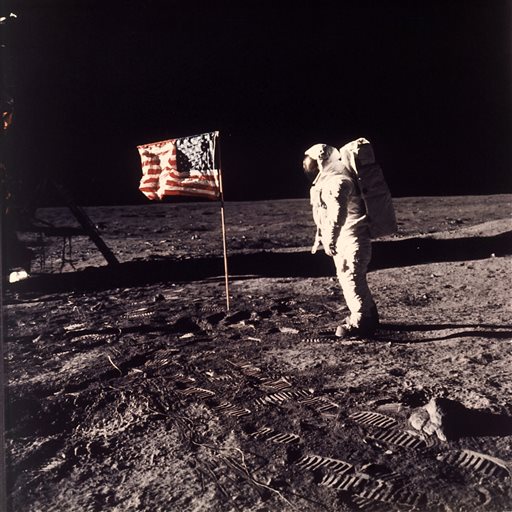CLEVELAND, Tenn. - This month marks the 45th anniversary of the Apollo 11 mission that landed a man on the moon.
While he was not an astronaut, Cleveland resident Dick Hagar played a part in this historic moment.
"I worked all of the Apollo launches, with maybe the exception of one or two," Hagar said.
Hagar was a spacecraft operator. He was a part of the team that tested the power in the area where the astronauts would stay as well as repairs and modifications needed.
"The first Apollo launches were unmanned launches. They went off pads 34 and 37," Hagar said.
For these unmanned launches, computers were used to control the operations that were later done by the astronauts during takeoff and orbit.
Hagar said the work was actually similar to what he had done while working on the A3J-Vigilante Bomber for North American Aviation in Columbus, Ohio.
Hagar said the plane was a jet bomber developed for the U.S. Navy.
"We later turned it into a reconnaissance aircraft," Hagar said.
It was the Navy that originally introduced him to the electronic field. Hagar said he studied electronics as an interior communications technician. He later received his associates degree from Franklin University.
Hagar was transferred to Florida to work on the Apollo program after the Navy contract ran out.
In March 1966, Hagar and his family moved to Florida where he worked at the Kennedy Space Center.
"I was 29 when I moved down there," Hagar said.
The first launch he worked on was made in July of that year.
"It was an exciting time because it was the first time we were doing things, and of that size. There are a lot of firsts we did down there," Hagar said. "We were mostly on the launch pad 39 A for Apollo, all the lunar missions."
Astronauts stayed in the area known as the command module. The command module was on top of the service module that housed the equipment and electronics.
Tragedy struck on the first manned mission when pure oxygen being pumped into the command module ignited, killing the crew before even leaving the launch pad.
"I was standing right there when it blew up," Hagar said.
That was January 1967.
After the explosion, Hagar was a part of the investigation team crew that collected evidence to determine the cause of the first spark.
The climax of the program came with Apollo 11, when for the first time, man walked on the moon.
"There really wasn't a space race. (People said) we had to beat the Russians to the moon. Well, they never had a system that was going to go to the moon," Hagar said.
Hagar said there was a lot of hard work by several teams that made the historic moment possible.
"It was a fun job," Hagar said
Astronaut Allen Warden took a medal from Hagar on a mission with him.
"I worked with him more than any other astronaut," Hagar said.
Although he did not work with them often, Hagar did run some simulations and flight readiness tests with Neil Armstrong and Buzz Aldrin.
"Their backup astronauts would do a lot of the tests," Hagar said.
There were about 50 people who split into three shifts as the launch team.
At the time, Hagar said there was a publication published by the state department in Russian to tell them about America. Hagar had been approached about doing an article. He agreed, but said when the first manned mission ended in tragedy the publication canceled the article.
When the Apollo program ended, so did Hagar's work at the Kennedy Space Center.
"I didn't have enough seniority to stay over for the shuttle program," Hagar said. "I only had 12 years with the company as far as aerospace went."
While working in Florida at the Kennedy Space Center, Hagar and his family would stay overnight in Cleveland on vacation trips back to Ohio to see family.
"We stayed at the Colonial motel down here, which is a nice little mom and pop motel . We would get rooms 16 and 18. I will never forget them. They were adjoining rooms and an adjoining bathroom. With five children, we got two rooms and a bath and that worked out pretty well for us," Hagar said.
In 1986, Hagar took a job with TVA's nuclear power division and decided to settle in Cleveland, rather than Chattanooga.

